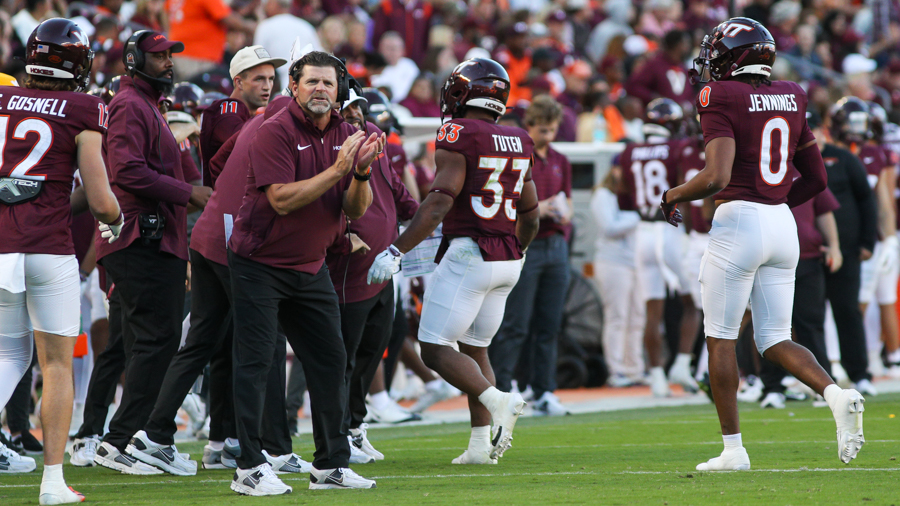In college football discourse, there's a tendency to talk about the transfer portal and NIL as unprecedented pillars of change that have disturbed a previously tranquil landscape.
Don't get me wrong: this is very much a new era of college sports. But as a history guy, I have a different perspective.
College sports have always been marked by change. In the 1950's, scholarships were formally legalized as teams began to offer financial inducements to attract talent. The two-platoon system was implemented in 1964, allowing for unlimited substitutions and making football programs prohibitively more expensive to maintain. The 80's ushered in the era of massive TV contracts, leading to the first big wave of conference realignment and the formation of de jure "power conferences" in the 90's. In the 2010's, Nick Saban implemented the support staff model at Alabama that fundamentally restructured football departments.
The transfer portal, in conjunction with NIL, just happens to be the change of our era. And schools will continue to adapt.
This offseason, Virginia Tech has hammered the portal like never before under Brent Pry, bringing in 30 transfer additions. As of now, over one-third of the players on Tech's roster began their careers elsewhere, and an even higher percentage will occupy the two-deep.
It's a perfect time, then, to talk about the ramifications of the Hokies going portal-heavy — and how the portal has changed college football as a whole.
The Portal: In Exercise in Volatility
While the negatives of the transfer portal are discussed ad nauseum, there are upsides as well. Big-time programs can no longer stash elite talent on the bench; players leave before they can be developed by those big schools; and there's less roster continuity across the board.
All this has led to increased volatility in the sport. For instance: last year, Indiana showed the greatest single-season improvement in adjusted efficiency, according to SP+, for any Power Four team ever. Ever!
(Okay, since at least 2005, but probably ever.)
In fact, five of the nine biggest single-season improvements by any team have occurred in just the last three years. Among them: Arizona State's squad that made a Cinderella run to the CFP last season, and a trio of teams in 2022 (Duke, Kansas, TCU) that were all led by first- or second-year head coaches.
To continue reading Get Fully Dipped and Join The Key Players Club »
- Exclusive Content
- Interact in community forums
- Post and view comments
- Advanced site features
- No pesky display ads, only offers from TKP sponsors
- Members Only Forum

